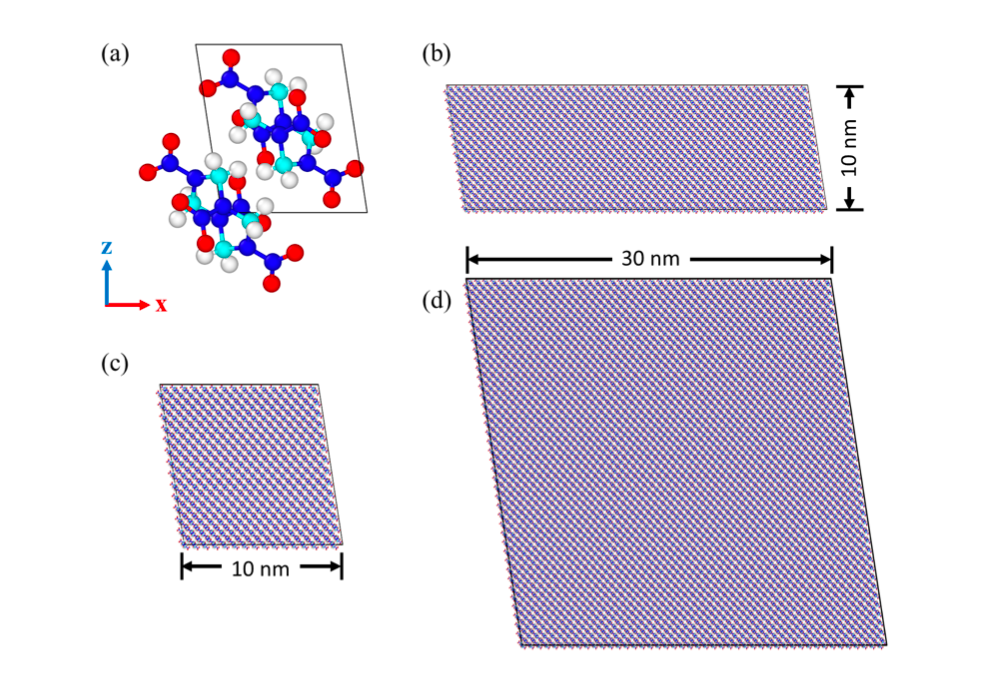|
Our manuscript (co-authored by former student Zhijun Cai and postdoc scholar Dr. Jinhyun Choo) has been accepted by International Journal of Numerical Method in Engineering (see PDF). The abstract is listed below:
Mixed Arlequin method for multiscale poromechanics problems An Arlequin poromechanics model is introduced to simulate the hydro-mechanical coupling effects of fluid-infiltrated porous media across different spatial scales within a concurrent computational framework. A two-field poromechanics problem is first recast as the two-fold saddle point of an incremental energy functional. We then introduce Lagrange multipliers and compatibility energy functionals to enforce the weak compatibility of hydro-mechanical responses in the overlapped domain. To examine the numerical stability of this hydro-mechanical Arlequin model, we derive a necessary condition for stability, the two-fold inf--sup condition for multi-field problems, and establish a modified inf--sup test formulated in the product space of the solution field. We verify the implementation of the Arlequin poromechanics model through benchmark problems covering the entire range of drainage conditions. Through these numerical examples, we demonstrate the performance, robustness, and numerical stability of the Arlequin poromechanics model.
0 Comments
A special issue on computational poromechanics edited by Dr. Sun has been published in International Journal for Multiscale Computational Engineering. Detailed information can be found at
http://www.dl.begellhouse.com/journals/61fd1b191cf7e96f,2b8c00292c2d9c29.html The table of content is listed below. Table of Contents: PREFACE: COMPUTATIONAL POROMECHANICS WaiChing Sun pages v-vi DOI: 10.1615/IntJMultCompEng.2016018596 GENERAL FORMULATION OF A POROMECHANICAL COHESIVE SURFACE ELEMENT WITH ELASTOPLASTICITY FOR MODELING INTERFACES IN FLUID-SATURATED GEOMATERIALS Richard A. Regueiro, Zheng Duan, Wei Wang, John D. Sweetser, Erik W. Jensen pages 323-347 DOI: 10.1615/IntJMultCompEng.2016018962 SIMULATING FRAGMENTATION AND FLUID-INDUCED FRACTURE IN DISORDERED MEDIA USING RANDOM FINITE-ELEMENT MESHES Joseph E. Bishop, Mario J. Martinez, Pania Newell pages 349-366 DOI: 10.1615/IntJMultCompEng.2016016908 MULTISCALE MODEL FOR DAMAGE-FLUID FLOW IN FRACTURED POROUS MEDIA Richard Wan, Mahdad Eghbalian pages 367-387 DOI: 10.1615/IntJMultCompEng.2016016951 IDENTIFYING MATERIAL PARAMETERS FOR A MICRO-POLAR PLASTICITY MODEL VIA X-RAY MICRO-COMPUTED TOMOGRAPHIC (CT) IMAGES: LESSONS LEARNED FROM THE CURVE-FITTING EXERCISES Kun Wang, WaiChing Sun, Simon Salager, SeonHong Na, Ghonwa Khaddour pages 389-413 DOI: 10.1615/IntJMultCompEng.2016016841 ALBANY: USING COMPONENT-BASED DESIGN TO DEVELOP A FLEXIBLE, GENERIC MULTIPHYSICS ANALYSIS CODE Andrew G. Salinger, Roscoe A. Bartlett, Andrew M. Bradley, Qiushi Chen, Irina P. Demeshko, Xujiao Gao, Glen A. Hansen, Alejandro Mota, Richard P. Muller, Erik Nielsen, Jakob T. Ostien, Roger P. Pawlowski, Mauro Perego, Eric T. Phipps, WaiChing Sun, Irina K. Tezaur pages 415-438 DOI: 10.1615/IntJMultCompEng.2016017040 |
Group NewsNews about Computational Poromechanics lab at Columbia University. Categories
All
Archives
July 2023
|



 RSS Feed
RSS Feed